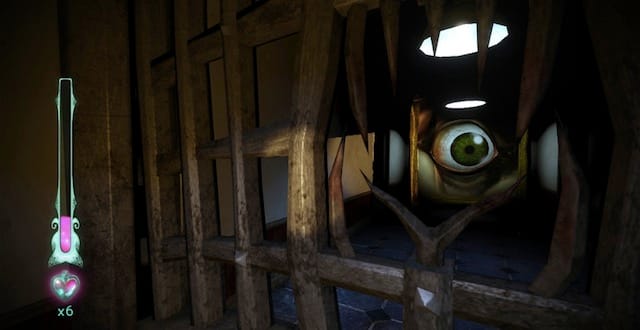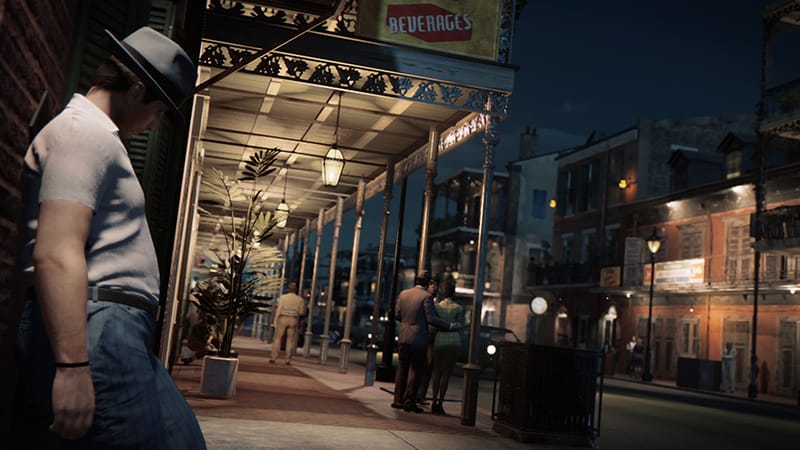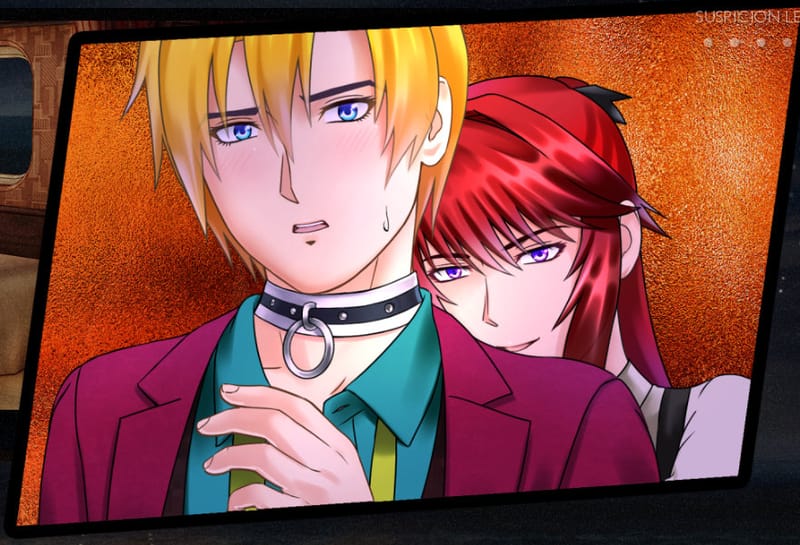Game design is a kind of construction, just like building any high-rise or museum. But instead of opening the doors and letting human beings walk through your manufactured space, developers also conceive and build a way to interact with the space itself. This hallway needs a texture; this player needs a way to walk these halls. Game designers, then, are architects squared. And just as marble and plywood connote different feelings, each choice of input embodies a tone: the austerity of a depressed d-pad; the accommodating nuance of the analog joystick; the rococo opulence of holding a left trigger while clicking the X button.
With advances in motion control on home consoles, the tools of play-mechanic engineers have grown more flexible than ever. But we’re still learning how best to use motion to move our onscreen counterparts. Microsoft’s Kinect, for the Xbox 360, feels especially stuck in a morass of learning-curve trauma. The potential, theoretically, is limitless: You move and the game responds. No more buttons? No more boundaries! Ah, if only. In playing NanaOn-Sha and Zoë Mode’s Haunt, we learn that limits are useful, maybe necessary; and buttons, bless them, serve a greater good beyond the mindless mashing of our youth.
The premise of Haunt is simple: Trapped and alone, you explore an old house filled with ghosts and traps. Your guide is the chatty spirit of the original owner, speaking through paintings in the house. The back of the box might have called this a “first-person adventure/puzzle game,” but Haunt is a Kinect-only download on Xbox Live Arcade: the lack of tangible packaging fits the control method. You stand in front of your television and wave your arm to direct a flashlight onto the darkened walls. To walk forward, you physically pick up your feet and walk in place. Your task is to find your way through each obstacle-laden section of the house and cleanse it of the uninvited spirits.
Hallways look infinitely long when you know each step you take registers a three-inch bump forward.
Too often in Haunt, the novelty of hand gestures dictates the puzzles you solve. Most require opening a locked door with a key, which you then must find in some other room down some other hall. And so a disproportionate amount of your play involves pushing open doors, lifting treasure chest lids, and turning wheels. Doors, cabinets, armoires … anything with a handle or knob becomes central to your progress. And like that bronzed knob, this grows duller with every touch.
Nintendo dealt with the same problem upon the release of its Wii console in 2006. Metroid Prime 3: Corruption, a first-person adventure set in space and starring a bounty hunter with an arm cannon, featured such intergalactic exotica as pulling levers and punching in key codes. It’s as if the prospect of motion control has devolved designer’s creativity 30 years into the past, when the simple wonder of moving an onscreen sprite captured our imagination. Our modern-day game-builders see fit to sculpt simple steps-even if elevators exist, go faster, and feel better.
Haunt feels constrained by its new technology. When Resident Evil first put us in a haunted house in 1996, its shoddy controls were purposeful, ratcheting up the tension. A lurching zombie becomes threatening when our own agility is stripped of grace. But in Haunt‘s spooky funhouse, the molasses pace and wonky movement-swing your arms, step up-and-down-replaces fear with annoyance, tension with tedium. Even your guide gets in the act, spouting control tips: “Raise those knees!” The host is voiced by Double Fine’s Tim Schafer, who also wrote (or improvised?) all of the dialogue. His charming timbre is the sturdiest material in the game.
But even he can’t keep you from feeling out of place in a game built only to hinder your progress. The designers try to keep the exploration fresh with Kinect-specific twists (one hallway features a trapdoor that springs open if you make too much noise; another tells you to “freeze” when a giant eyeball painting opens up and stares your way), and these moments provide a thimble of satisfaction. But then you’re raising your knees and inching forward down another corridor, pushing the air with your hand to open another door, and what should be fun becomes drudgery. (Especially if you have a small living room. The first half of my playthrough I had to walk on my couch, since Kinect’s sensor couldn’t see my feet. I finally got wise and moved my couch. Again: Not fun.)
Slicing fruit with an arm-katana is more fun than walking.
One level features an on-rails ghost train ride in which your forward progress is automatic. Here, finally, the motion control made sense. The surrounding sight gags and PG scares felt tighter when controlled by a scripted camera instead of your own lumbering frame. A better game exists here, somewhere-one that takes movement away from the player. Hallways look infinitely long when you know each step you take registers a three-inch bump forward. Kinect games will struggle with exploration, but they might do full-on roller coaster better than anything yet devised (See: Child of Eden, the upcoming Crimson Dragon.)
I’m a proponent of the Stand-Up-and-Play method for active motion games; Fruit Ninja Kinect is a hoot and the very exertion required elevates the Xbox 360 version over the iPhone original. But slicing fruit with an arm-katana is more fun than walking. That’s what a nudged joystick is for.
Kinect’s camera and microphone yield better results. Saying your name into a voice-activated security system opens a locked door, with other locks recognizing your voice later on. In one room, you encounter a bulletin board with newspaper clippings and creepy to-do lists. Among the miscellany, a pinned photo of the Employee of the Month: A picture, tinged with yellow and the crimp of age, of you in your living room. Another room includes a film projector-remember when the game told you to wave your arms to fend off all those rabid bats? It was capturing footage for later.
These moments show off Haunt at its best: when it feels less like a dark maze in which a player struggles to issue intelligible commands, and more like a building that’s come alive and is messing with a trespasser.
/ / /
In his book The Architecture of Happiness, Alain de Botton writes, “When buildings talk, it is never with a single voice.” They ring with a chorus of all those hands in the mortar, a symphony of footsteps. Masaya Matsuura, lead designer at NanaOn-Sha and inventor of the influential PlayStation rhythm game PaRappa the Rapper, worked with the team behind Sony’s EyeToy to utilize motion control for something other than dancing or swordplay. And I commend them for constructing this odd game when money could be made elsewhere. In theory, Haunt is a fun and surprising game full of ideas. But ideas need something tangible-stone, plastic, flesh-to make their imprint. Too often I waved my hand and felt what the game was giving me: Nothing.
Early on, an unfortunate glitch locked me in a room with no way to get out. The extended time in the room allowed me to appreciate the sound design’s subtle ambiance: a medley of chimes, drum rolls, cymbals and piano trills, adding a lighthearted creepiness to walking through one hallway after the other. Every so often the sound would smartly stop-giving me time to hear my reverberating footsteps, to listen for the far-off howl of a roaming ghost. But then I remembered I was stuck, and I restarted the chapter. None of my progress had been saved. Maybe the house, and this game, really was haunted. I shook out my legs and took a deep breath. I didn’t want to go back inside.





